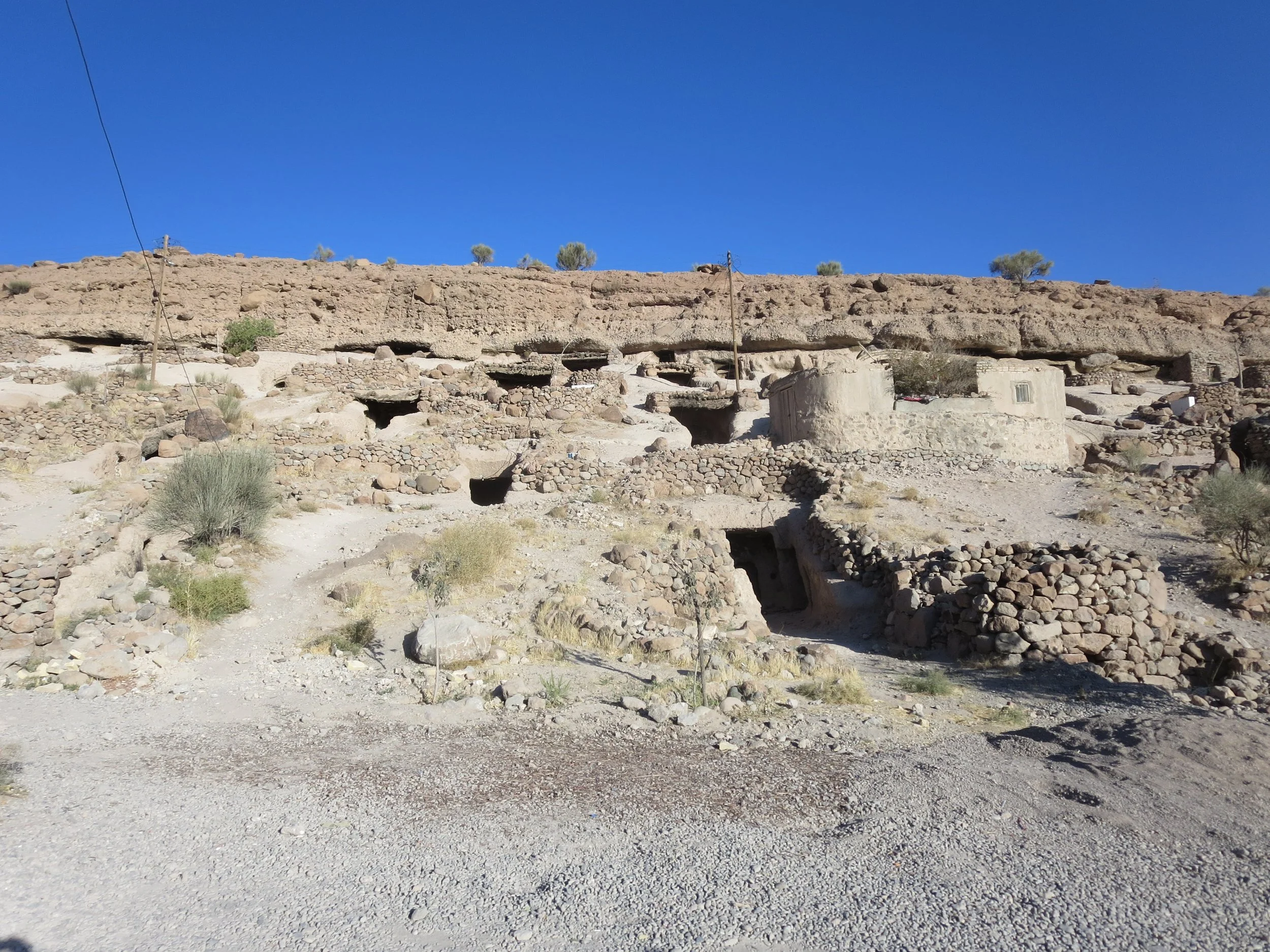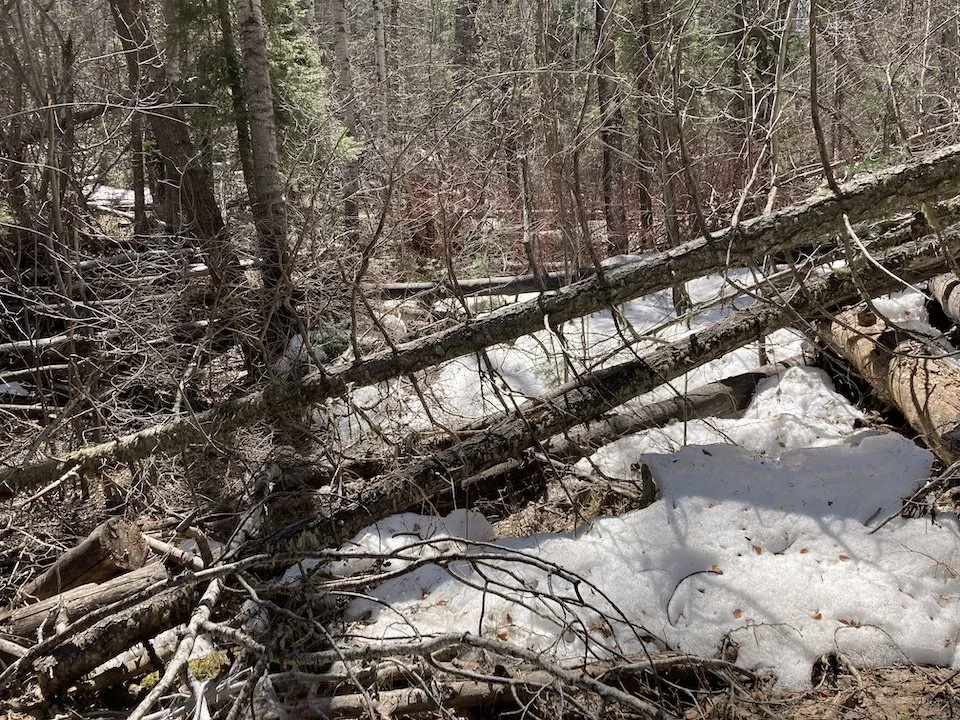Cave Dwelling in Iran
By David Devine
Enduring a cold night in a small man-made cave wasn’t on my original itinerary for a 12-day trip to Iran. But there I was in October 2022 in front of a rickety wooden door that opened to reveal a cave with a 5-foot ceiling, stinky soot-covered walls, and a bed that was too short for my 6-foot, 72-year-old American frame. This was Maymand, a UNESCO World Heritage Site in the hills of south-central Iran.
Months of trip planning had focused on several goals, including travelling to Zahedan in far eastern Iran. As an American U.S. Peace Corps volunteer, I lived there in the early ‘70s and wanted to return. But the day before I departed the U.S., an e-mail message from my trip organizer stated without elaboration that going to Zahedan might not be possible.
Disappointed? Not really. Zahedan had gone from a remote, rural town of 20,000 people then to almost 600,000 today. A visit made in 1998 revealed that none of the people I knew still lived in Zahedan plus the house I occupied was washed away by floodwaters. Also, current YouTube community overviews showed it held little charm and even fewer tourist attractions.
But I was intrigued by why Zahedan was suddenly ruled out. Presumably, after the death of Mahsa Amini while in the custody of the nation’s morality police, it might have had to do with the ongoing demonstrations about mandatory head scarf wearing by women. But the reality was that recent and ongoing gun battles in Zahedan had claimed dozens of lives following the unpunished rape of a young girl. So the tour company decided Zahedan was out and Maymand in.
Branching off a high-speed, two-lane highway that cut across a flat, barren desert floor, a narrow, gravelly dirt road rose toward Maymand and the village’s layout quickly became apparent. On one side of a deep, rocky streambed stood several wood-frame homes, most with well-tended gardens. On the other side were hundreds of holes in the earth, entrances to ancient man-made caves.
Upon arriving, Joon, my driver and guide, called out to Maymand’s guesthouse managers, cousins Khanum, dressed in nun-like dark clothing, and Agha, with a permanent bewildered expression on his face. (Note: these names are fictitious.) During introductions, a large, long-haired tabby cat rolled around in the dust at our feet, loudly complaining he was being ignored.
A quick village tour included one cave that once was a communal gathering spot for the shepherds and their families who, across many centuries, resided in Maymand. A second cave was a long vacated residence, its rock walls blackened by the smoke from fires that were burned to provide both cooking heat as well as warmth in this often cold, stark environment.
The tabby cat was pacing near the restaurant cave entrance and heads had to be ducked to access the dining area where tree trunk seats surrounded a few sturdy tables. Khanum brought in a steaming bowl of mutton stew along with a heaping plate of white rice. But the meal’s unexpected highlight was a loaf of homemade, deliciously dark, thick brown bread, very different from the bland flatbread usually served in Iran.
After lunch, Joon showed me the guesthouse bathroom, a hole-in-the-floor squatter toilet with an accompanying plastic water jug for hand washing. Even if this was the method I had used many years ago, I wondered if my aged legs could straighten me out now. Sensing my hesitancy, Joon told Agha to fetch a metal chair with its seat cut out.
The guesthouse consisted of a few caves furnished to accommodate overnight visitors. For mine, which had a carpeted floor, single bed and large sitting area, Agha explained I’d have to prop a thick, four-foot-long stick against the plank door to hold it closed.
Before napping, I looked at a brochure that outlined the village’s historic highlights. For centuries, it said, nomads with their flocks of sheep and goats spent the four coldest months here because of its water source. Following winter rains, they would move in the spring and then again in the summer before returning to Maymand where hundreds of caves had been dug for protection from the harsh climate. Most were used for living, but a few served as a mosque, school or public bath.
At dusk, Joon and I joined Khanum and Agha in the cave they used to store provisions. Leaning against a fluffy floor pillow while drinking hot tea, I showed them a few black and white photos of life in Zahedan long ago. “Look, I once had long blond hair,” I laughed, tapping my now bald head. Asked what I did for work back then, I replied I had been an urban planner in Zahedan’s Provincial Engineering Office.
A hardy hot meat soup and more thick bread were served and by 9 p.m. a flashlight was necessary to navigate the dark, uneven rocky road to the bathroom. After successfully using the toilet, I returned to my cave, pulling two heavy blankets up under my chin. The chilly night air and smoky smell made sleep difficult, but an unsettling dream meant I did get at least some rest.
The cold 5 a.m. dawn was loudly proclaimed by the tabby cat and an hour later, Joon and I were yawning outside, hoping for some warmth from the emerging sunlight. After a breakfast of fried eggs and bread, we bade our hosts farewell. Departing the village, I commented that for a man my age, it had been a difficult experience. But while the nighttime may have been uncomfortable, overall my stay in the cave community of Maymand had certainly been memorable.
David Devine moved to Tucson, Arizona after the Peace Corps and met Susie Morris. Since their 1975 marriage, they have travelled to numerous countries on seven continents. Long retired, Devine continues to research and write about Tucson and Southern Arizona history.





